
Unsustainable living: how crazy light shows are damaging China in the name of tourism
- The light show that opened Beijing Olympics in 2008 sparked a trend for spectacular urban illuminations in China
- These light shows are criticised for causing light pollution and damaging ecosystems
The light shows held across China have led to what travel industry players call nighttime tourism, with visitors flocking to brightly lit historical landmarks and harbours lined with glowing skyscrapers.
When the Forbidden City in Beijing staged a light show for the first time, enveloping it in thick, multicoloured beams of light, tickets for the February show sold like hot cakes. The garish performance, however, attracted public criticism for being tacky and damaging its regal ambience.
The market for illuminated scenic spots in China reached 68 billion yuan (US$9.88 billion) in 2017, with the value of the market estimated to rise to 100 billion in 2020, according to Gaogong Industry Research Institute.
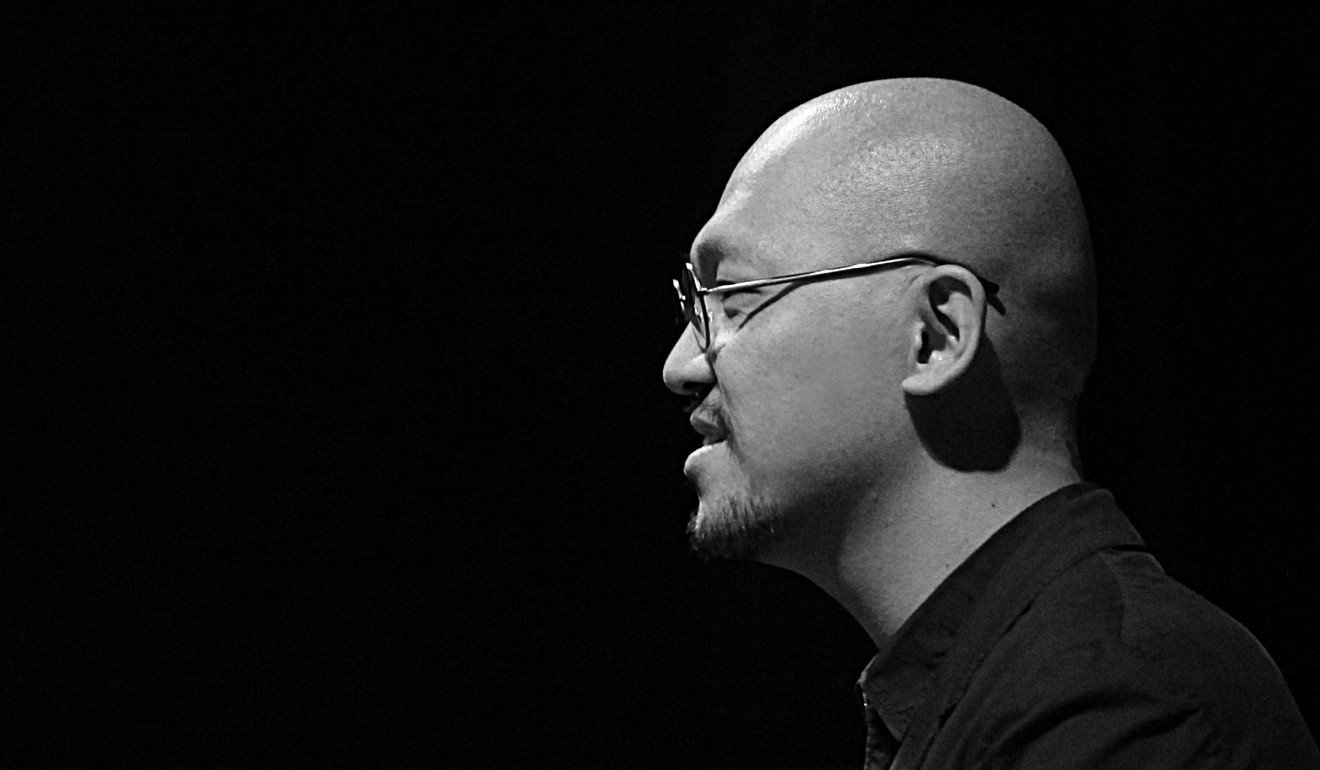
However, residents and urban light planners say China is suffering from unprecedented light pollution caused by the blind pursuit of tourist dollars.
Qi Honghai, design director at Aurora Lighting, a Beijing-based lighting design company specialising in city lighting planning and heritage lighting says the degree of brightness in China’s light shows has got out of control.
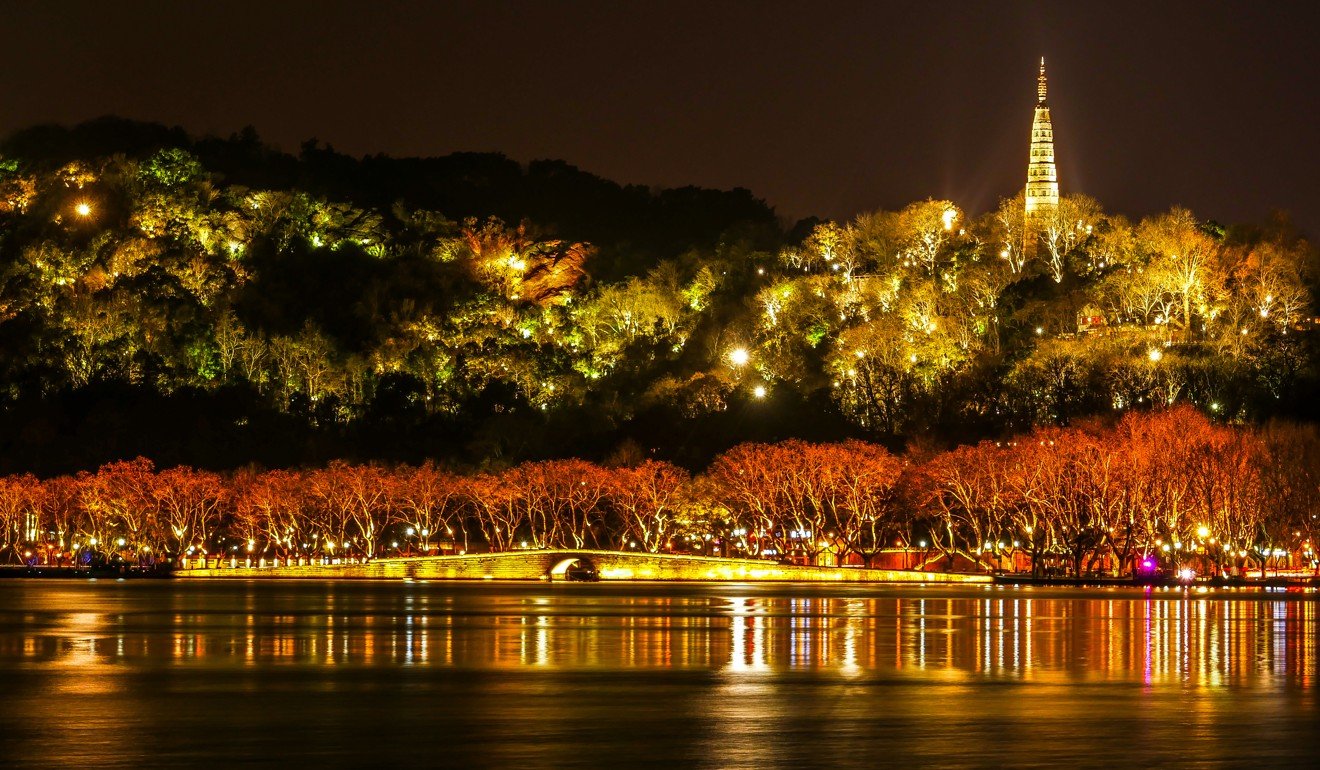
“It is 10 or even 100 times what is needed,” he says. “Such brightness can lead to much consumption, but the industry hides from the public the fact that they do not need so many lights. This is the biggest problem.”
The Kyoto show is generally low-key, featuring gentler illumination that draws the eye to blossoming cherry trees and the castle’s architecture, and elegant projections of cultural symbols such as flying white cranes.

Qi believes the world’s largest permanent light and sound show – Hong Kong’s daily Symphony of Lights across Victoria Harbour – lacks artistic value and design quality. “Seeing the harbour in daytime is much better than enjoying it at night. So the show cannot even show its intrinsic aesthetic value. Light shows should have drama and narrative – not just rays of lights to stimulate the visual senses.”
In a talk he gave at Yixi, the Chinese answer to TED talks, in June, Qi listed several examples of Chinese cities going overboard in their quest for illumination.
“Hangzhou’s local government officials lit up the whole Baoshi Mountain in 2000, which drove all the birds away. A week later, residents visiting the mountain saw many insects drop from trees. This lighting style, which we call ‘mountain burning’, led to serious ecological problems. But it has spread to many other scenic spots around China.”
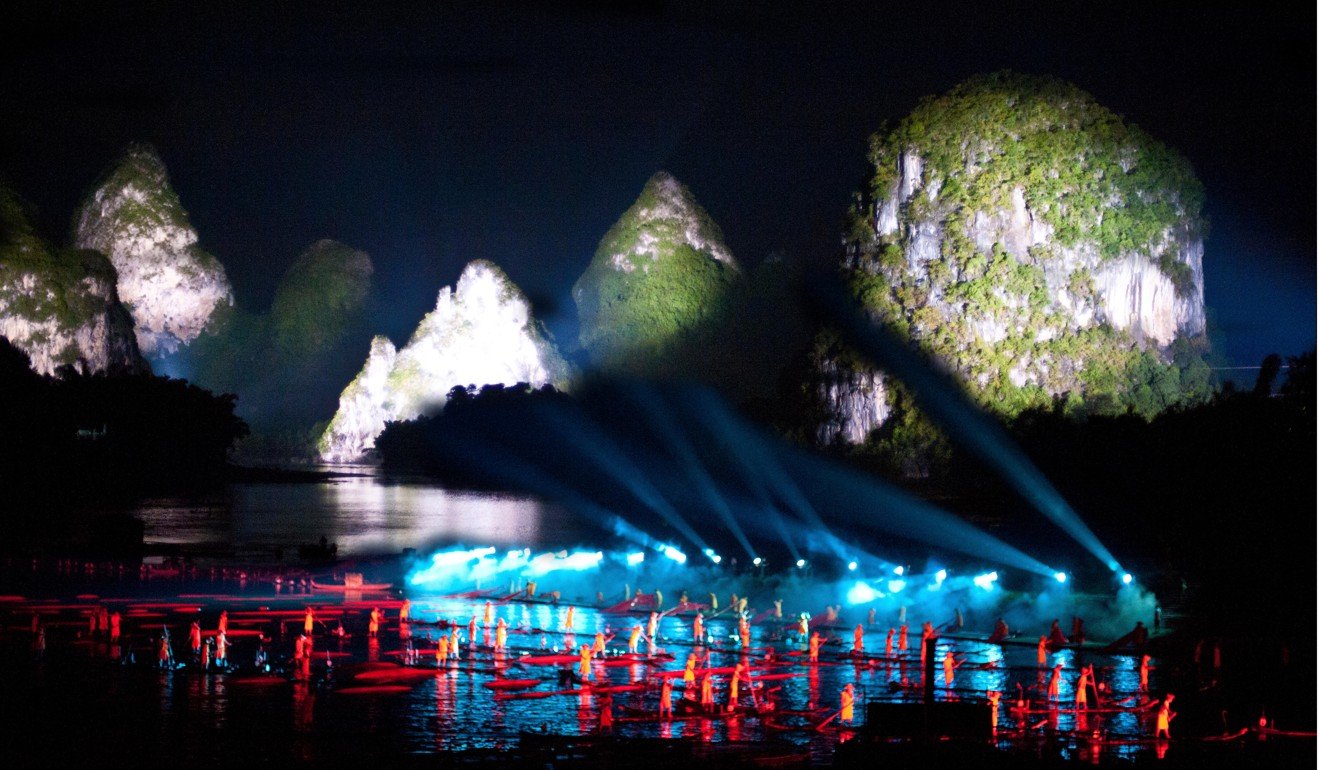
Half of all insect species are nocturnal. They depend on darkness and natural light from the moon and stars for orientation and movement or to escape from predators, and to go about their nightly tasks of seeking food and reproducing. Light pollution turns night into daytime, disturbing their circadian rhythm and reproductive cycle, and reducing their chances of survival.
In 2009, Qi and his team worked on an overall lighting proposal for Hangzhou, hoping to drastically reduce the whole city’s lighting, especially that in the West Lake area. The revamp was rejected by the Hangzhou city government, however, and today Hangzhou remains brightly lit, with partial mountain burning and media facades in use by the Qiantang River.
The facades, which consist of layers of LED lights attached to the exterior surface of a building to turn it into a big TV screen for text, graphics and video animations, cause severe ecological damage, says Qi. They are used in cities such as Xiamen, Qingdao and Shenzhen.
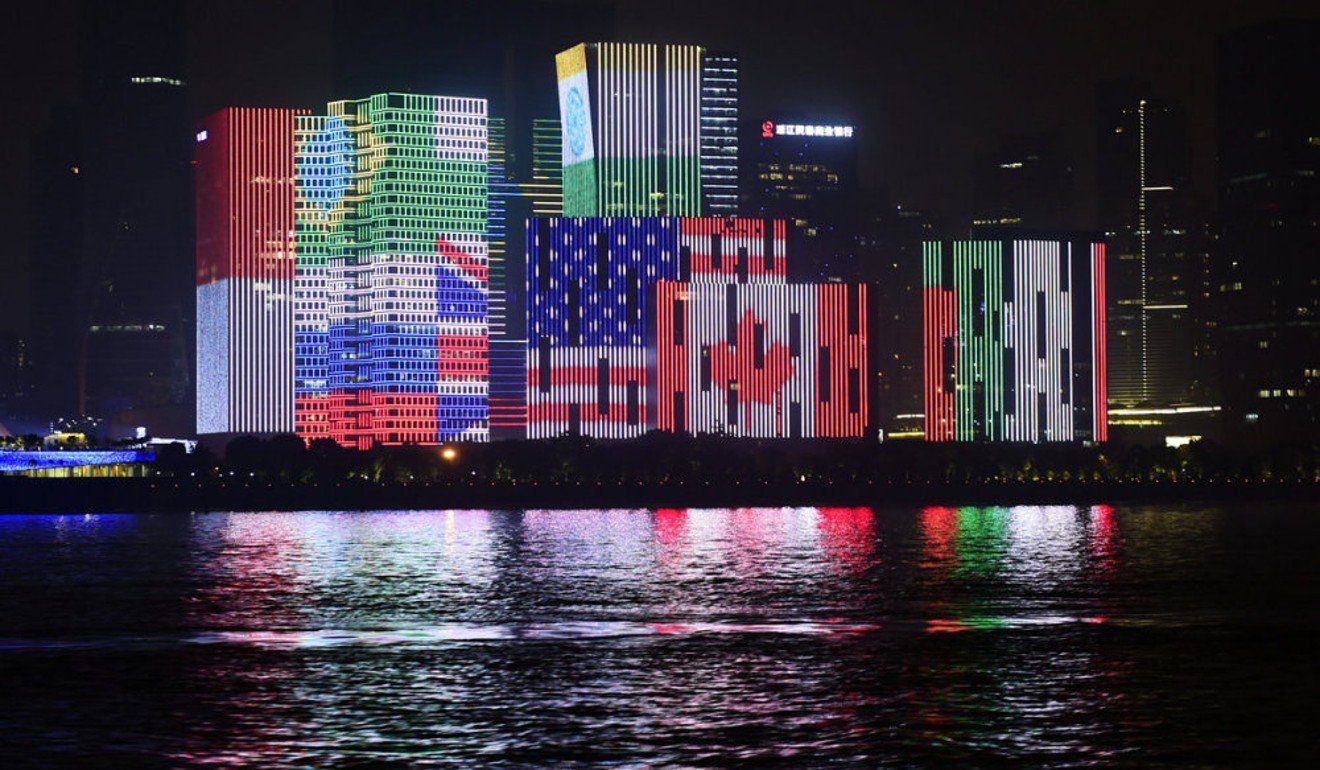
Such cities have one thing in common. Their current urban illumination was created against the backdrop of big national events: Hangzhou’s G20 summit in 2016, Xiamen’s 2017 BRICS summit, Qingdao’s Shanghai Cooperation Organisation Summit in 2018 and Shenzhen’s celebration of the 40th anniversary of China’s opening up in 2018. Are such illuminations staged for national events or the people living in these cities? Are there other choices?
Wang Shuai, design director at Wei Lai Lighting, a Shenzhen-based company that specialises in urban lighting design, wrote in a piece published on website Sina.com in 2018 that the use of media facades by cities has become an invasive aesthetic trend in China.
“City lighting should be for social or economic [reasons]. But in China, it was for politics and boosting image and political achievements,” he wrote.
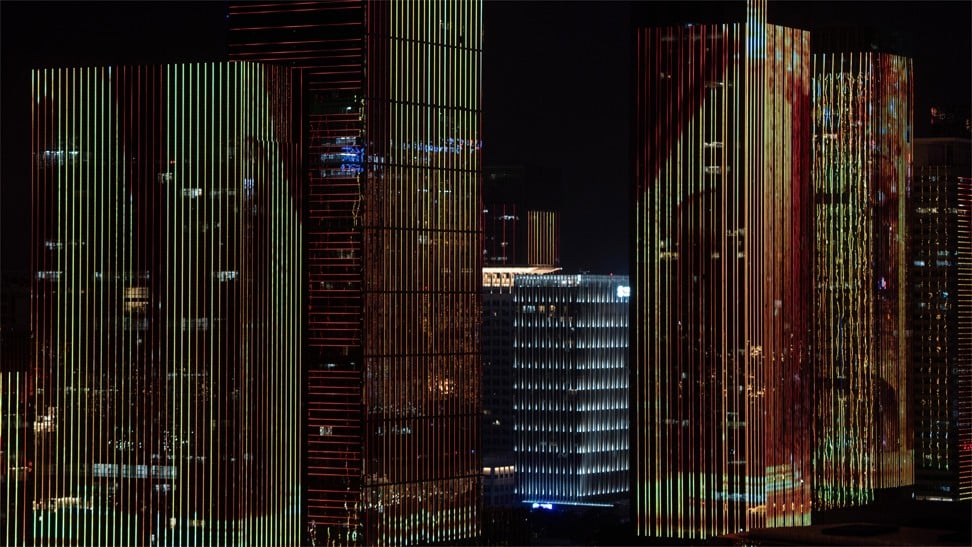
“All cities fall over themselves to imitate and replicate media facade displays, which make cities resemble each other. When you stand along the Pearl River [in southern China] enjoying the night views, you could be at the Qiantang River [in Hangzhou]. The indiscriminate copying of city illumination without considering each city’s reality is an extreme waste of social resources.”
Shenzhen resident Chen Tao says daily light shows held from September to December in 2018 in Shenzhen, which involved 43 brightly lit skyscrapers in the heart of Futian district, were a nuisance. “The lights annihilate the starry and moonlit sky at night. There was severe traffic congestion after the shows were held,” he says.
“Even before the shows started, I discovered more lights installed on bridges and trees lining the road. They distracted me when I was driving – sometimes it felt like I had suddenly driven into a disco after turning a corner.
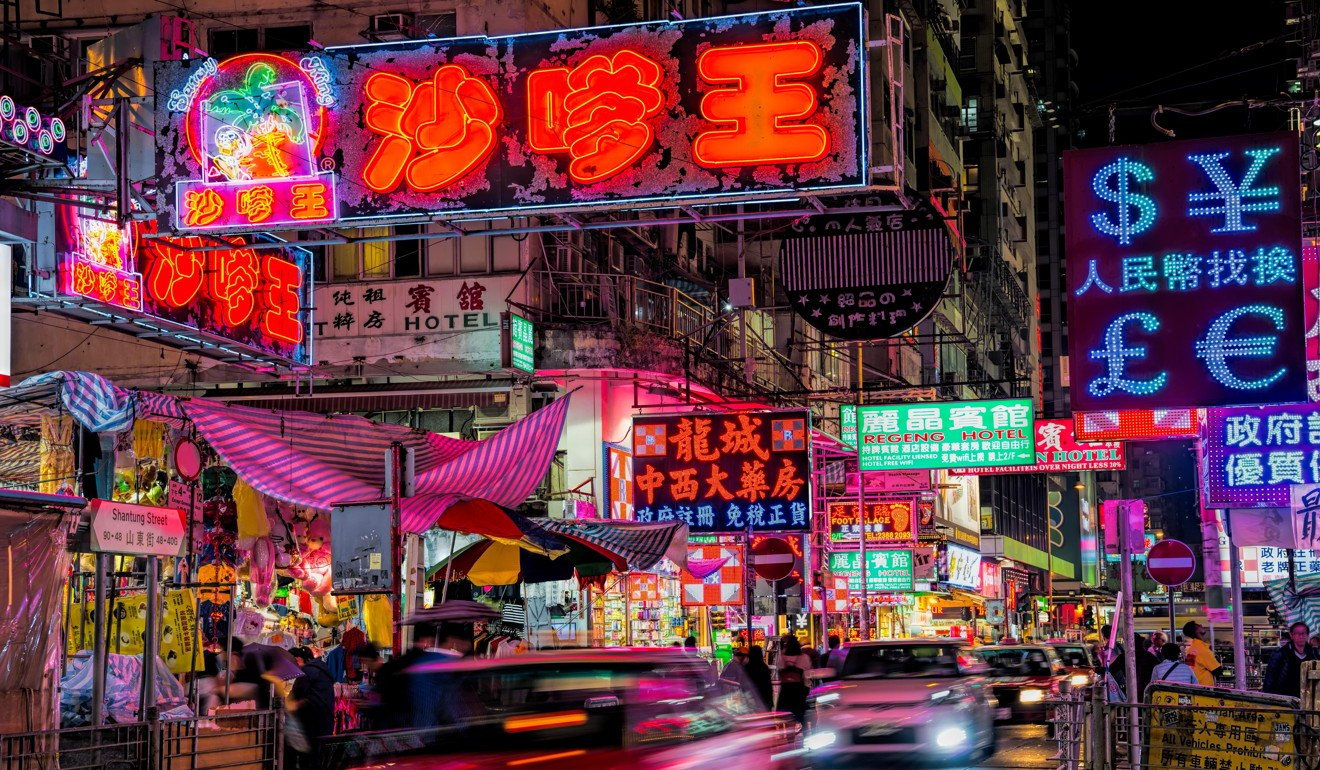
“The light shows are way too much. How much electricity is wasted? Why not just give residents an electricity fee waiver instead?”
Shanghai was the first city in China to plan urban lighting on a big scale in 1989, when it launched special projects to illuminate Nanjing Road and The Bund. Other cities learned from Festival of Lights shows held in cities including Lyons in France and Moscow.
The craze to stage light shows came to a temporary halt in 2014 when 36 people died in a stampede near Chen Yi Square on The Bund in Shanghai, where around 300,000 people had gathered for a light show to celebrate the New Year.
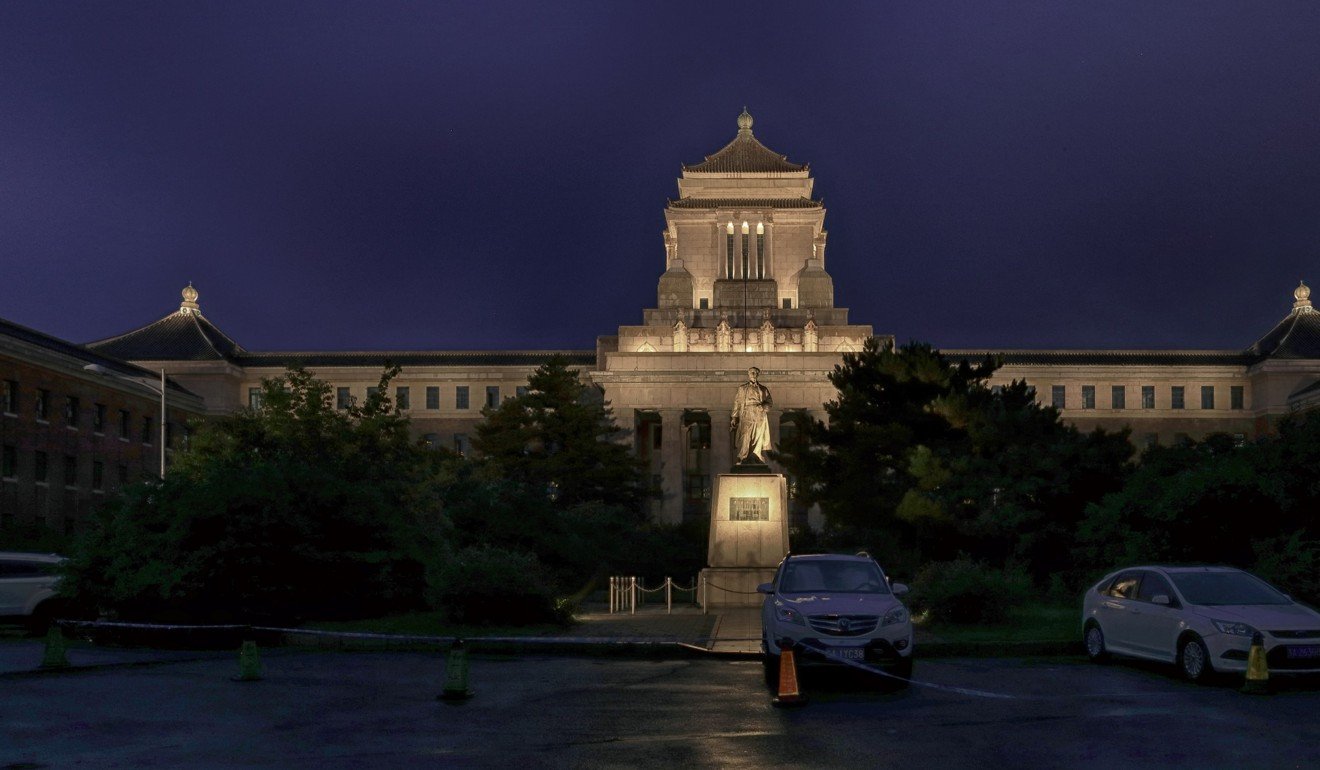
Qi – whose other lighting projects include Beihai Park, Soho 2 on Guanghua Road and the National Museum of China in Beijing, Zigong, a city in Sichuan province in southwest China, and Norman Bethune University of Medical Science in Changchun, northeast China – explained that Zhang Qingxuan, who taught him when he studied for a master’s degree, founded the academic discipline of environmental lighting planning at Tsinghua University in Beijing in the 1950s.
“He founded the speciality for the building of the National Centre for the Performing Arts of China. But building for the centre did not start until 2000. Commercial urban lighting design work was first seen in China around the ’90s. From 1998, Zhang was commissioned to do the lighting for Chairman Mao Zedong Memorial Hall in Beijing.”
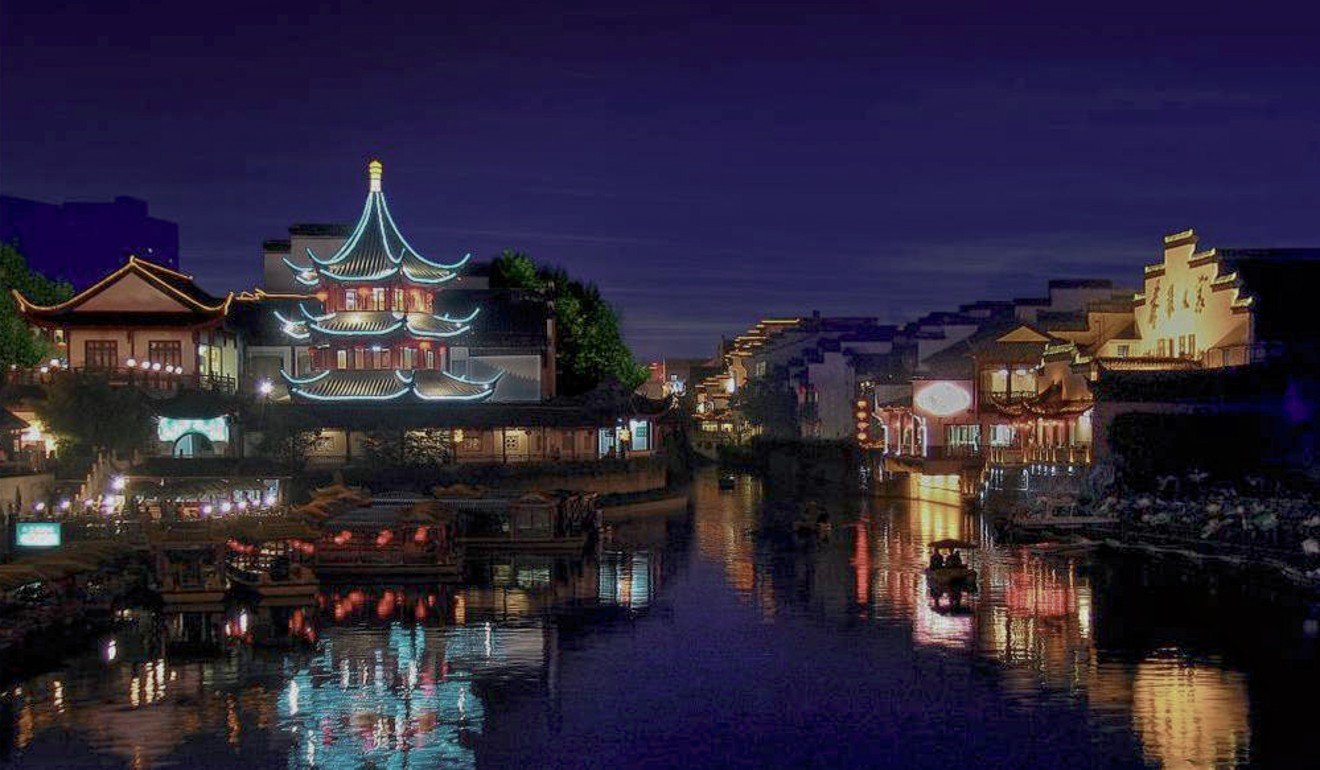
After nearly two decades of planning city lighting, Qi says he has learned to be careful when working with old buildings. “I made this mistake in 2005 when I did the lighting for Nanjing’s Confucius Temple. Putting lights on the roof led to difficult maintenance and damaged the roof surface.
“For our project in Ganzhou in Jiangxi, which is a Song dynasty city, we remedied this by putting the lights on the gate tower, which is easily accessible. Doing so protects the heritage building from damage.”

